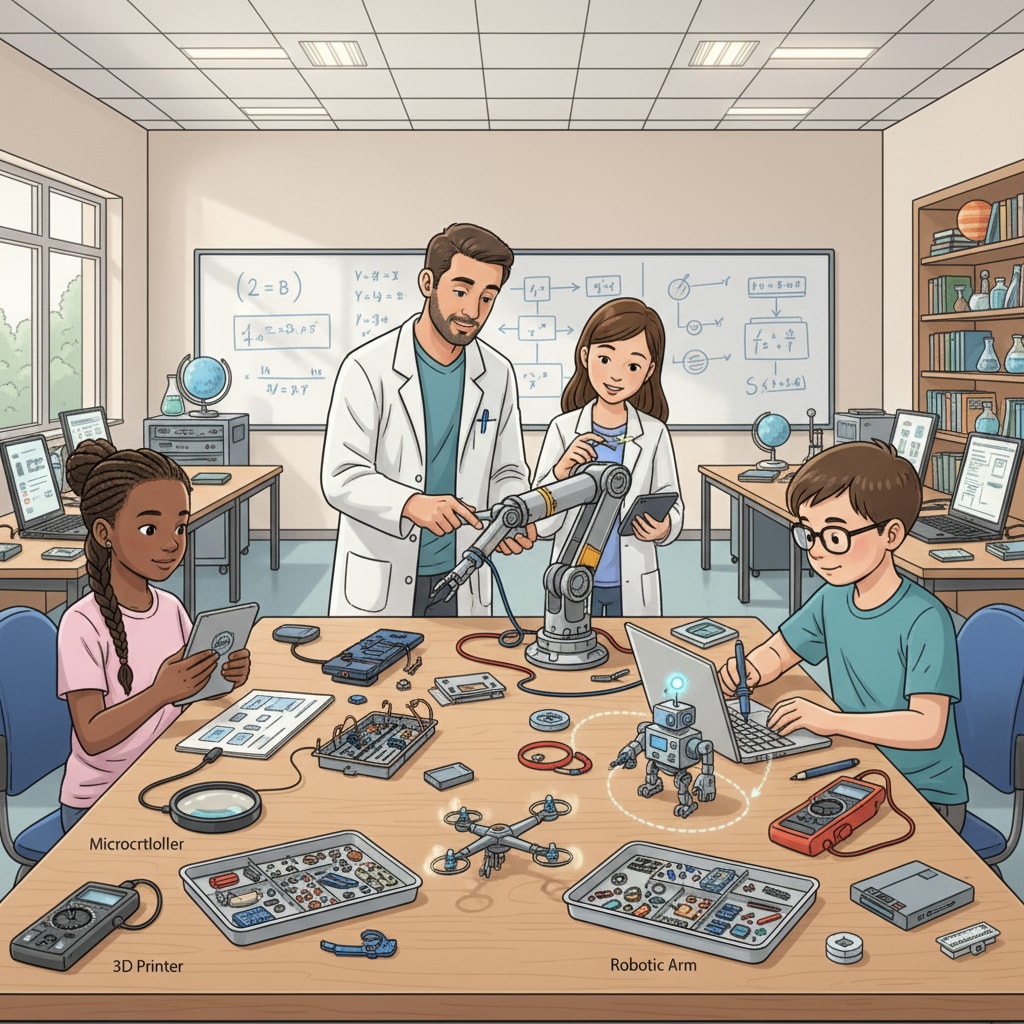STEM education, partnerships, and educational resources play a crucial role in shaping the future of education. In today’s rapidly evolving world, the need for a skilled workforce in science, technology, engineering, and mathematics (STEM) fields is on the rise. To meet this demand, it is essential to establish and implement effective STEM education partnerships.

The Importance of STEM Education Partnerships
Partnerships in STEM education bring together diverse stakeholders, including schools, businesses, and community organizations. This collaboration allows for the sharing of resources, expertise, and ideas. For example, businesses can provide real-world projects and internships for students, while community organizations can offer access to specialized facilities and mentors. As a result, students gain a more comprehensive understanding of STEM concepts and develop practical skills that are highly valued in the job market.
Establishing STEM Education Partnerships
Building successful partnerships requires a clear vision and a shared understanding of goals. Schools should identify potential partners based on their expertise and resources. For instance, a school interested in promoting robotics could partner with a local engineering firm. Once potential partners are identified, it is important to engage in open communication and develop a mutually beneficial agreement. This agreement should outline the roles and responsibilities of each partner, as well as the expected outcomes.

Another crucial aspect of establishing partnerships is creating a collaborative culture. Partners should be willing to share ideas, resources, and decision-making power. This can be achieved through regular meetings, joint planning sessions, and shared leadership opportunities. By fostering a collaborative environment, partners can work together effectively to achieve common goals.
Implementing STEM Education Partnerships
Once partnerships are established, the focus shifts to implementation. This involves developing and implementing STEM programs and projects that align with the agreed-upon goals. For example, a partnership between a school and a technology company could result in the development of a coding curriculum for students. The implementation process should also include ongoing evaluation and feedback to ensure that the programs and projects are effective.
In addition to program implementation, partnerships should also focus on professional development for teachers. Teachers play a key role in delivering high-quality STEM education. By providing professional development opportunities, such as workshops and training sessions, partners can help teachers stay updated on the latest trends and best practices in STEM education.
Readability guidance: This article has used short paragraphs to summarize key points. Each H2 section provides a clear focus. The use of passive语态 has been minimized, and transition words like “for example,” “as a result,” and “in addition” have been used to enhance readability.


